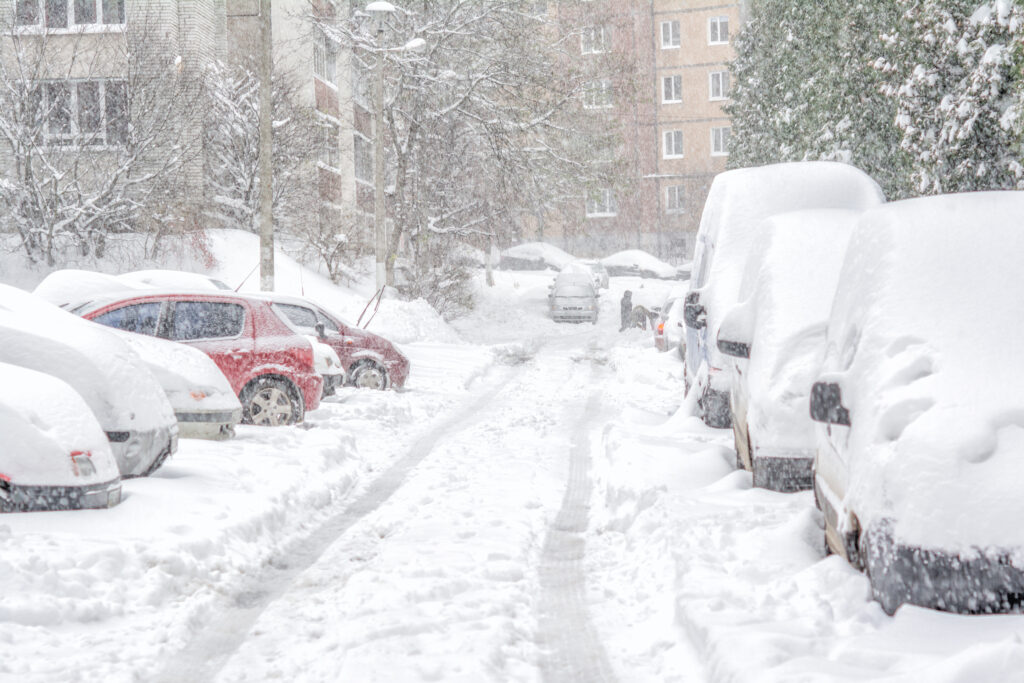Menu
Close
- Programs & Services
Not sure what services you need or where to start?
- Join Our Team
- News
- About Us
- Resources & Forms
- English
- Programs & Services
Not sure what services you need or where to start?
- Join Our Team
- News
- About Us
- Resources & Forms
- English


 Inclement weather, such as severe winter storms, hurricanes, or unexpected power outages, can pose significant challenges for everyone. However, older adults and individuals with disabilities may face unique and heightened risks during these situations. To ensure your safety, comfort, and well-being during such emergencies, it’s crucial to have a comprehensive and well-thought-out plan in place. In this guide, we will provide valuable tips, guidance, and resources on emergency preparedness for older adults and individuals with disabilities during inclement weather, including power outages and winter storms.
Inclement weather, such as severe winter storms, hurricanes, or unexpected power outages, can pose significant challenges for everyone. However, older adults and individuals with disabilities may face unique and heightened risks during these situations. To ensure your safety, comfort, and well-being during such emergencies, it’s crucial to have a comprehensive and well-thought-out plan in place. In this guide, we will provide valuable tips, guidance, and resources on emergency preparedness for older adults and individuals with disabilities during inclement weather, including power outages and winter storms.